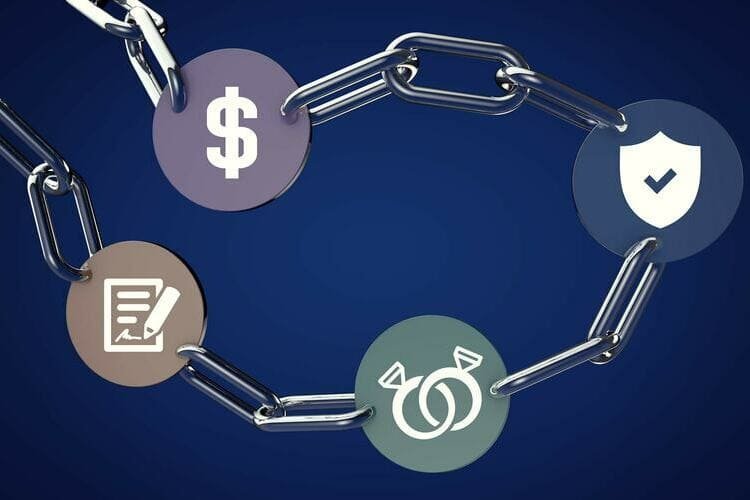The Use of Blockchain in the Field of Compliance

Have you ever wondered how multinational companies use compliance systems to manage a massive amount of data that it generates? It might be a tedious and cumbersome task to keep track of transactions in the database and retrieve it when required. No matter how daunting this sounds, technology has found a way to make every task simple. Blockchain is the technology that makes data transparent, secured and immediately accessible.
How is it used?
The idea behind the application of this technology is a distributed ledger or database which is running simultaneously on multiple nodes or systems that are physically and geographically spread across multiple organizations. As mentioned earlier, its best suit is transparency. This is a result of the very amicable cryptographic functions that it possesses. It provides immutability which means that once approved it cannot be changed or reversed. Whenever any transaction occurs, it is recorded in the database and is accompanied by cryptographic verification. Because of such an algorithm, it is almost impossible to alter anything on the database, thus ensuring the integrity of the transaction or the ledger. If all the participants of a particular transaction agree that it has happened according to their rules and protocols, it is then updated into the blockchain which ensures irreversibility.
How blockchain is applied in compliance technology?
You might have a question: what is the point in taking so many measures and putting it in a blockchain? Well, due to its immutability, most organizations use blockchain as proof of their digital asset transfers. Tokens are used to show in the record the proof of ownership of physical properties. This technology provides an application for the proof of process for compliance.
As mentioned before, this technology uses multiple validators to maintain the credibility of the transaction. This process is certified using a mathematical verification. Whenever any transaction happens between two people, the public and private keys are used to attach the information in the form of a block which contains a digital signature, timestamp and other necessary details as well. The identity of the people attempting the transaction is hidden and the block is passed in the chain and is validated by the available validators.
Verification is one of the most crucial parts of any blockchain transaction. It should be ensured that double spending, i.e cryptocurrencies being spent in multiple transactions at the same time, should not happen. This is why companies make sure that the cryptocurrencies are uniquely owned and combined with value. This is done by using nodes as a part of the ledger system in the blockchain which maintains a history for transactions for every coin. These nodes decide to accept or reject a certain transaction. If the majority of nodes have the same decision, the present block is attached to the chain of pre-existing blocks and is timestamped.
Implementation of Blockchain
One of the notable applications of blockchain apart from cryptocurrency is AML (Anti Money Laundering). AML compliance can become a tedious process but the application of blockchain technology can make this process smooth. The notable feature of immutability which does not allow any alteration in the data once inserted eliminates the constant need for authentication and verification. This makes the process smoother and faster. All the steps involved in the identification process are easily traceable and individuals can be made the co-custodians of their information in the blockchain ensuring the elimination of any possibility of identity theft.
The complete process can be further improved by using the concept of blockchain as a digital identity management grid. All the information and details required for the identification will already be kept in the chain, in the form of a grid. Therefore, in the process of AML, the only thing one needs to do is verify the actual details with the one already recorded in the chain. The integrity of the message in the chain is already proved due to its remarkable features. Considering the issues of duplicity and tampering, blockchain assists in putting an end to these from both sides, the customer as well as the organization. This, in turn, will promote a more trusting atmosphere and will thus improve customer satisfaction.
Conclusion
About the author:
Shub, Cofounder & Ceo Of PiChain, is a Serial Entrepreneur who is passionate about business growth. He is on a quest to achieve Sustainable compliance for 500 Entities by 2025. He has decade-plus years of experience in building and selling software for Finance and Regulatory compliance management. At PiChain, Shub provides organisational leadership with his unique combination of business understanding and technical acumen. For more information: https://pichainlabs.com/
Image by VComply